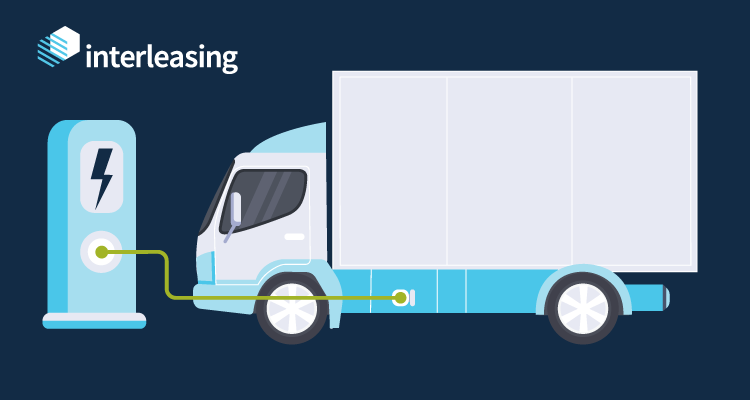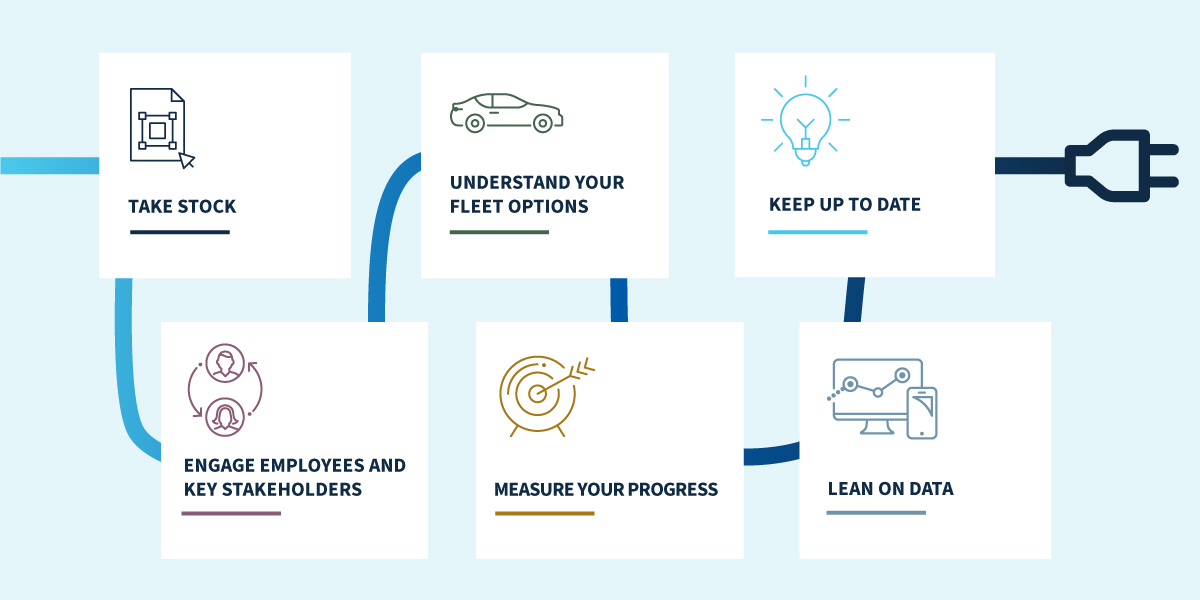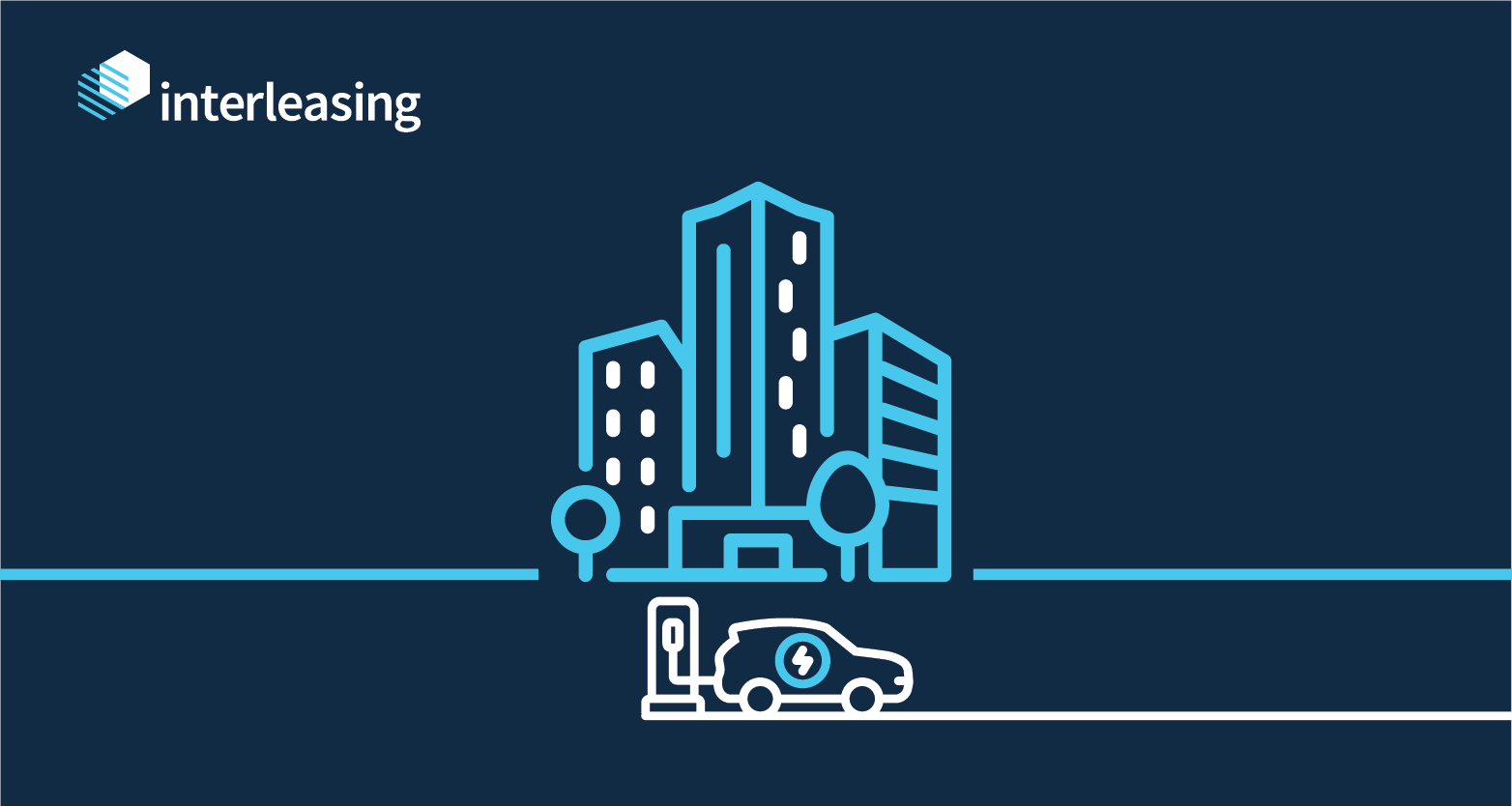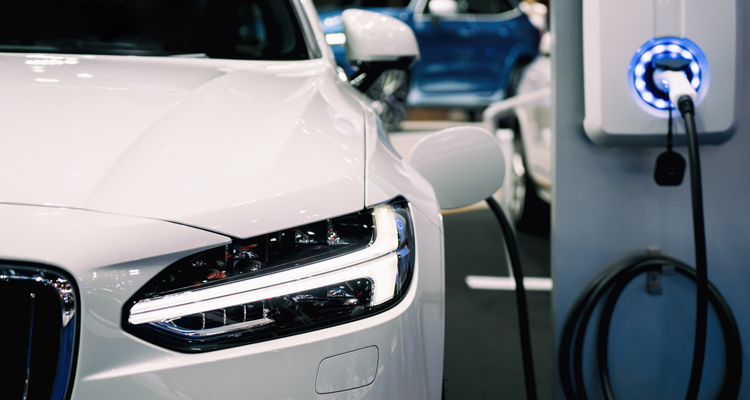
When it comes to Australia’s electric vehicle (EV) uptake, non-commercial passenger vehicles are leading the way. But with many Australian organisations still looking for ways to create greener, more sustainable fleets, Low and Zero Emission Trucks (LZETs) on our roads could be the answer they’re searching for.
The 2023 Truck Industry Council’s (TIC) Low and Zero Emission Truck Market Update reported that only 0.5% of new truck sales in FY23 were LZETs. But that was still a five-fold increase on the previous year – a trend TIC expects to continue.
This trend is being driven by decision making influenced by several factors including:
- An organisation's overall sustainability goals and reputation gains associated with adopting greener practices
- Whether LZE trucks are fit for purpose, and
- If there are cost savings that will affect the overall bottom line.
Where will LZETs fit in the Aussie truck sector?
When considering a switch to cleaner energy technologies, the work that trucks do, at times, can be just as important as the size of the truck. TIC’s report splits Australia’s trucks into three key market segments based on task (collectively representing around 70-80% of vehicle sales) to help determine how much energy or fuel needs to be carried to do the job:
- Urban delivery: Defined by shorter, intra-urban runs with low daily kilometres.
- Regional freight: Medium-distance transport, typically between freight hubs or on short inter-city routes (e.g. Sydney–Canberra, Brisbane–Toowoomba).
- Long haul: Major intrastate, interstate and long-distance journeys.
Throughout FY23, the following LZET sales occurred across various vehicle classes:
- 88% of LZETs sold were in the light duty truck segment, which is defined as a truck with a gross vehicle mass (GVM) of 3.5t-8t. These results align with model availability and applications that fit the Urban Delivery segment; and
- Sales in the medium vehicle class (GVM over 8t, but with a gross combination mass (GCM) below 39t) sat at 11%, while the heavy-duty segment sat at only 1%. Light duty LZETs can be found in the fleets of organisations including Woolworths, IKEA and Australia Post.
These examples demonstrate how smaller LZET’s, ideally suited to metro/urban distribution operations are gaining traction. A combination of known routes, relatively low travel distances and back-to-base operations to recharge/refuel at the end of a shift assist with adoption obstacles such as range anxiety and adequate charging infrastructure being less of an issue.
Are you thinking of transitioning to LZETs?

If you think LZETs could fit into your fleet, here is a roadmap to guide you through the decision-making process.
1. Take stock
You’ll need a complete picture of your fleet’s carbon footprint, fleet mix, driver behaviours and energy demands to discover the best way and time to transition to LZETs. This includes:
- vehicle-by-vehicle performance metrics
- differentiated route analysis
- duty cycles defined by energy inputs
- data on dwell times, idling, on-road driving conditions, etc.
- asset management policies
- fleet replacement schedules.
With this information you can conduct a full analysis and uncover cost saving opportunities to transition to LZETs.
2. Understand your fleet options
You need to start by looking at the LZET options that suit your business and the infrastructure required to make them work. Every fleet is different, so you need to identify the technical, financial and infrastructure barriers that will uniquely affect your LZET transition. By identifying these barriers, you can uncover opportunities or ways to respond to market shifts proactively. This could potentially increase your customer base and revenue streams.
3. Keep up to date
Identify experts who can support you on your EV journey and give you the latest information on funding and financing options. You can talk to your fleet management organisation to see what new trucks are available and get further advice on what’s happening in your sector. It’s also important to look into government incentives in your state that could make the switch easier and more cost-effective.
4. Engage employees and key partners
We say fleet transition is a marathon not a sprint, so it’s best to take an LZET transition in small, considered steps. If you can, try collaborating and testing your LZET options with key customers that have similar sustainability goals. This gives you the opportunity to solve problems during planning and implementation on a smaller scale.
It’s also important to get your own team on board with a transition to LZETs, because you want them to be advocates for change. By linking green initiatives to clearly defined business objectives, they’ll understand why it’s important for the organisation and how they can play their part.
5. Measure your progress
Frame clear and specific goals for transition value and measure progress against these. You can articulate subjective and objective measures of success, including things like cost savings and brand equity. Explore a ‘test and learn’ approach with your fleet and request regular and honest feedback from drivers.
6. Lean on data
Strong reporting of transition progress and achievements is critical to ensure internal and external stakeholders get and stay onboard. You can track progress against milestones for uptime, energy consumption and emissions. As technology rapidly improves, collecting and analysing data generated by vehicles will be critical to effective fleet management and investment.
Slowly but steadily increasing LZET interest makes it a sector worth watching. As market leaders in fleet transition and sustainability, Interleasing has the expertise to answer your LZET questions and help you determine what may be suitable for your fleet. Get in touch to find out more.


